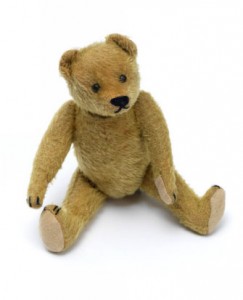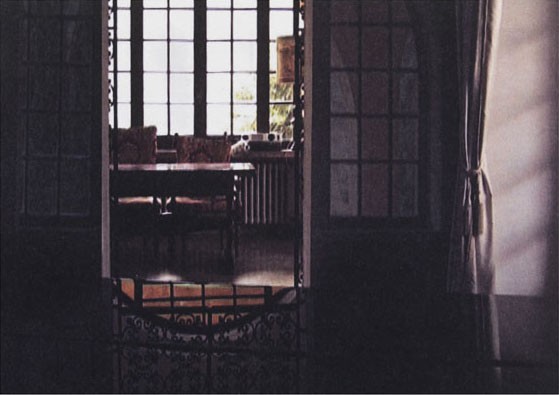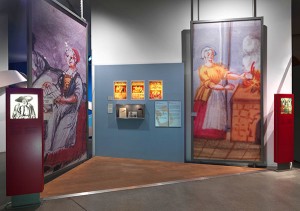Search Results for
"question"

Teddy bear that belonged to Ilse Jacobson (1920-2007), textile, straw, glass, ca. 1920 to 1930, in our online collection
56,250. This is the number that comes up when I search our collection’s database for its complete holdings. 56,250 data sets describing, for the most part, individual objects, and occasionally entire mixed lots. You can now see 6,300 of these objects online. Releasing this information to the public provokes mixed feelings on the part of museum staff: we have a lot to say about many of these objects. Many of them don’t speak for themselves. You can’t tell, for instance, that this teddy bear belonged to a child emigrating from Germany. The meaning of many documents and photographs lies likewise to a large extent in their biographical or political history. They require sufficient detail and well-chosen catchwords to help visitors find other objects related to the same topic.
With this project, we have to proceed pragmatically. 15-30 minutes of working time per object is a lot if you have to inventory a mixed lot with 250 units. We verify everything, including things that occur to us as we’re working. We are aware that there’s more to write about – and there would be more to correct, – if we had the time for more thorough research. Yet we can only make forays into the library or even into the archive for special projects or particularly important objects. And so we rely to a great extent on digital sources. (more…)
An Interview with Daniel Laufer
You can buy a wide variety of works of art from our art vending machine. One such piece is a postcard by Daniel Laufer (*1975, Hanover).
The card shows a film still from the video, “The Fourth Wall” (at 08:13 min). The story is based on an Hasidic parable about two men who are supposed to design one half of a house. While the first man does his work with zeal, the second delays, uninspired. The second man, who is certain that he won’t come up with a better idea than his rival, decides to coat his work with black bitumen. The material will reflect the other half of the house like a mirror. Thus he discovers a good solution to avoid defeat.

Postcard with still shot from the film “The Fourth Wall” by Daniel Laufer
© Jewish Museum Berlin, photo: Jens Ziehe
The film was shown this year at the 14th Videonale at the Bonn Art Museum.
In the following interview, Daniel Laufer talks about the genesis and message of his postcard.
Christiane Bauer: Daniel, you work mostly in video form. Yet you produced a postcard for the art vending machine. Why did you choose this format?
Daniel Laufer: A postcard is something mobile that you can take with you. It connects you to something: it provides information and contains a message. It can be a souvenir – but with a statement. And I also like the fact that you can hang it on the wall.
The original work of art is an entire film. Why did you choose this particular shot as a motif for the postcard? (more…)
Why Lilith Fascinates Our Visitors

View of our permanent exhibition
© Jewish Museum Berlin, photo: Jens Ziehe
One of the tours of the permanent exhibition that I offer regularly is on the subject of women in Judaism. Visitors interested in this topic are usually women’s groups and people already familiar with the essentials of Judaism and Jewish history. I enjoy the lively discussions I have with participants of this tour. When we talk about the life of Glikl of Hameln, Dorothea Schlegel, Albertine Mendelssohn-Bartholdy, and Else Lasker-Schüler, or about Lilith and Eve, we’re also discussing women’s rights – and that means our own rights!
People have heard a wide variety of things about Lilith: “Doesn’t she appear in Goethe’s Faust?” “Lilith is important for fortune telling with cards.” “Adam’s first wife, before Eve.” Some think of Lilith as a threatening ghostly figure, and others named their daughter after her, since she also represents self-determination, independence, unbridled ferocity, and joyous sensuality. Her model of life contrasts with the traditional image of women – in fact, she is Eve’s foil. No wonder that the name Lilith is known above all in feminist circles. (more…)


